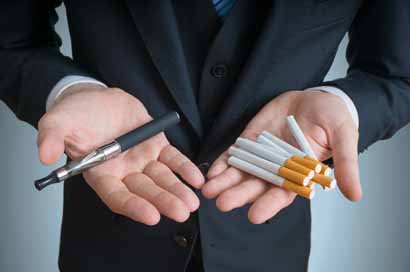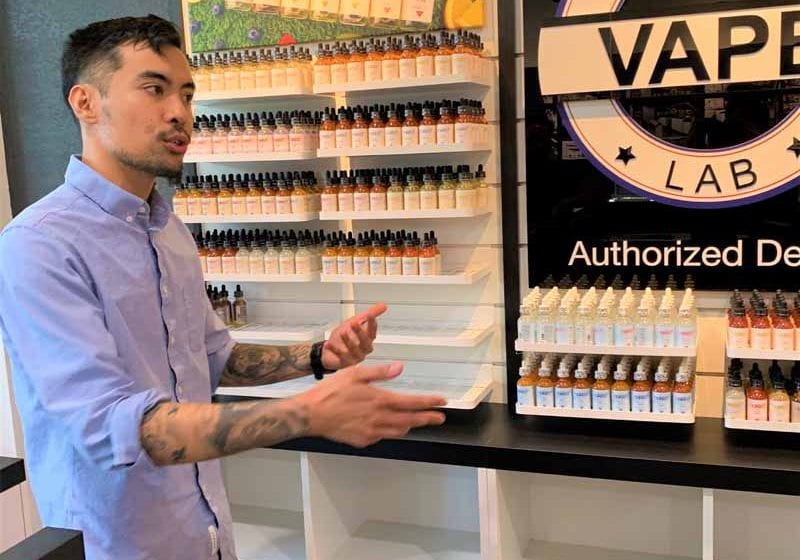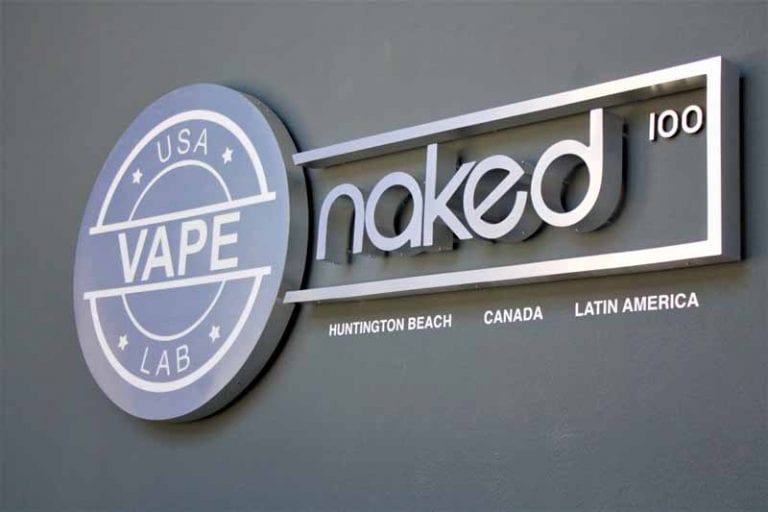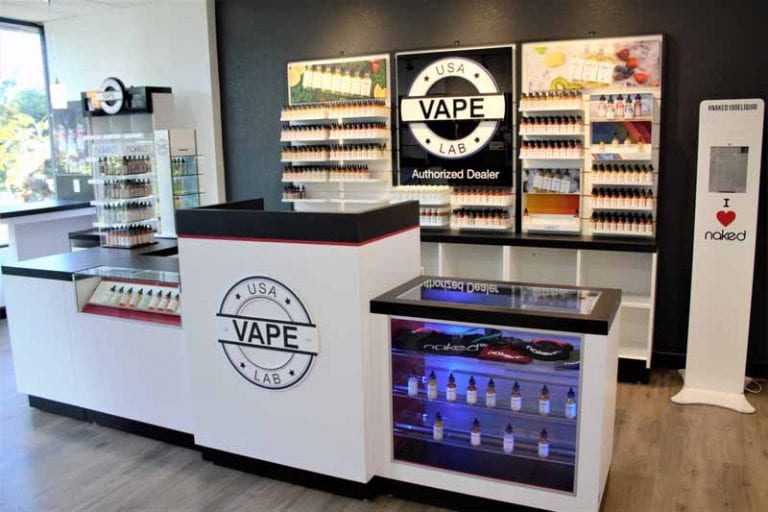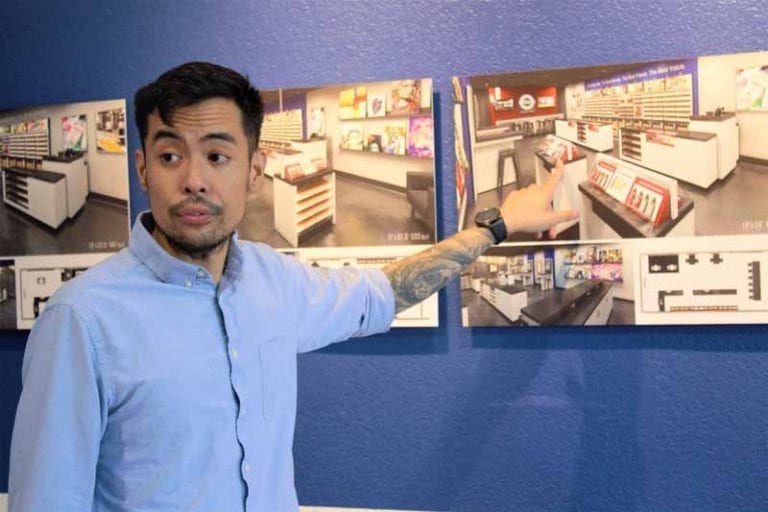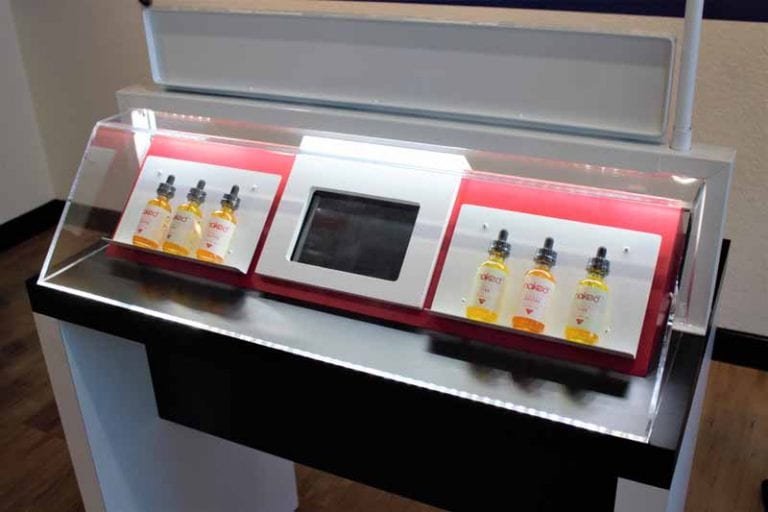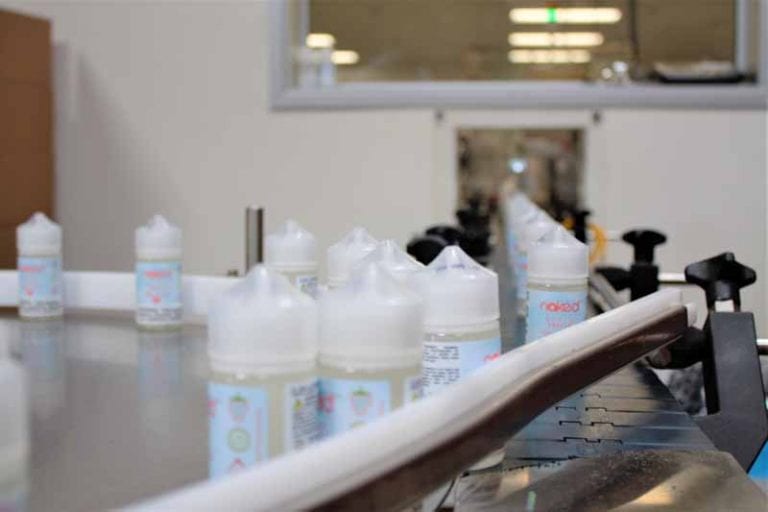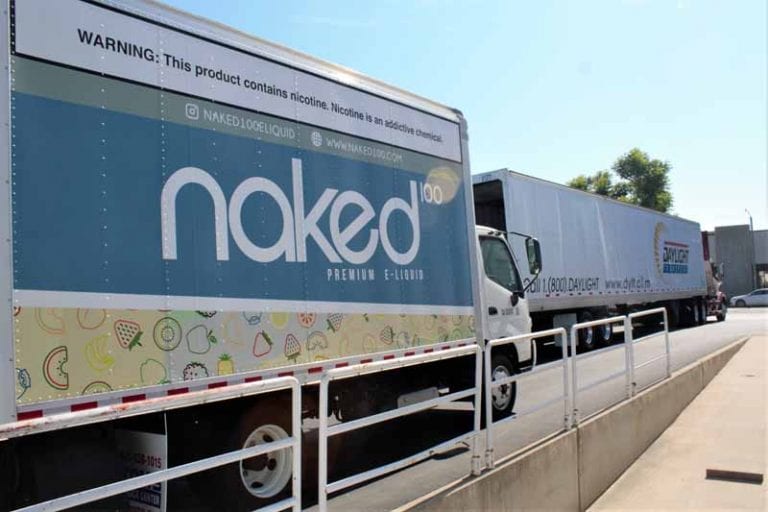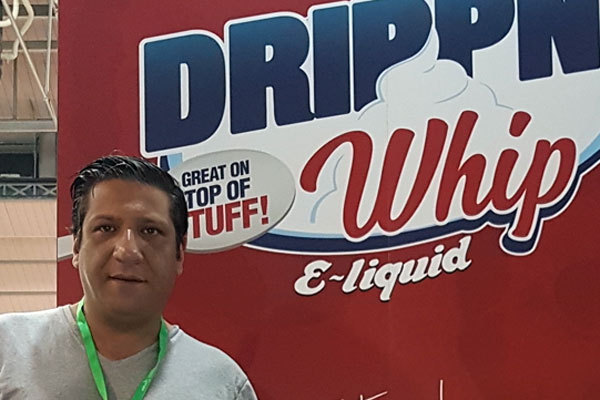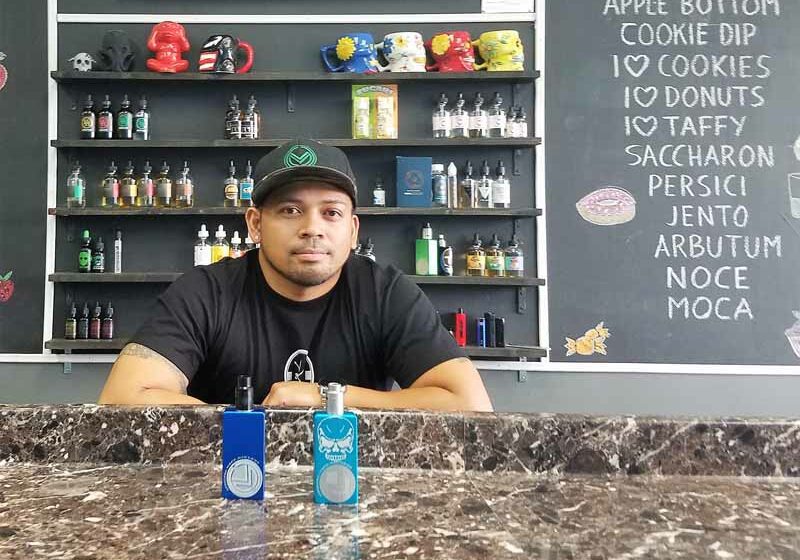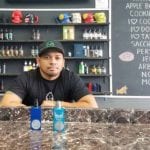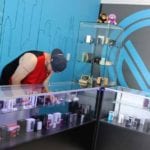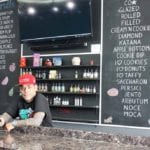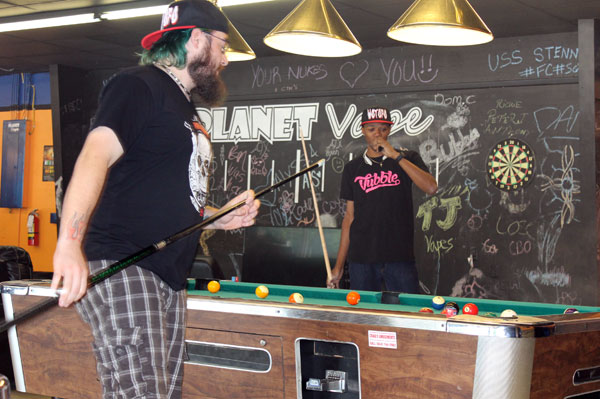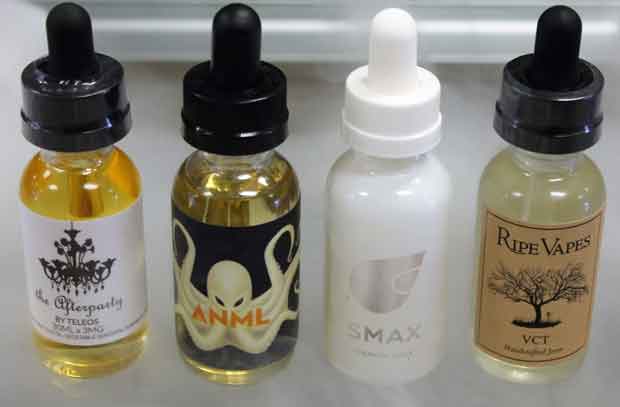Seven quick questions—and answers—about retailing vapor products.
By Timothy S. Donahue
Carrie Brown and Stephen Clemons are former smokers who quit by using e-cigarettes. According to Mitch Zeller, director for the U.S. Food and Drug Administration’s (FDA) Center for Tobacco Products, they don’t exist. Zeller recently publicly called successful switchers “hypothetical” individuals.
“I want everyone to know they can feel better and quit smoking successfully using vapor products,” says Brown. “I’ve always wanted to be my own boss but needed something I was passionate about, and helping people quit doing something that is nearly impossible quickly became that passion. I quit my job, drained my 401(k), and here we are.”
Brown and Clemons now own three popular vape shops in Charleston, South Carolina. They are exactly the type of entrepreneurs the FDA’s new regulations for the vapor industry could put out of business. “The Planet Vape stores and the entire vapor industry have been anticipating the new FDA regulations for quite some time now. I don’t think anyone can act too surprised,” claims Clemons. “Where it stands now, brick-and-mortar vape shops will have their choice of contracting out their own brand, and/or selling premium brand e-liquids.”
Exactly how the FDA regulations will impact small businesses is on the minds of every vape shop owner. “Make sure you are truly in compliance at all times,” Clemons says. “Do your homework on manufacturers so you can be reasonably assured you are building lasting business relationships.” Vapor Voice recently sat down with Brown and Clemons so they could answer seven quick questions on the possible future of their stores, as well as their outlook on the future of the vapor industry overall.
Vapor Voice: What motivated you both to get involved in the vapor industry?
Brown: After smoking for more than 20 years, e-cigarettes worked to help me quit smoking. It was difficult to find juices I enjoyed vaping, so I started mixing my own and found I had a knack for putting flavors together. I started selling it to friends, then selling the juice online, and it was loved. I tried turning every smoker I knew into a vaper!
Clemons: By the time I was 15, I was smoking a pack a day. I tried my first e-cigarette in 2011. It was a cigalike style that I purchased from a local tobacco store. I think I gave it an honest effort for about a week but went back to smoking because it just didn’t satisfy the craving. In 2013, I found South Beach Smoke online and haven’t had a cigarette since. That same year I got involved with International Vapor Group [IVG] with a $1,000 investment that I scraped together. My company, SC E-cigarette, began distributing IVG and many other vapor products in the Charleston area and beyond. I partnered up with Carrie Brown, the founder of The Planet Vape, in January of this year. We both feel very strongly that vaping has saved our lives, and we want to help people achieve a smoke-free lifestyle.
How has Charleston responded to the Planet Vape concept since its opening in 2014?
Brown: Charleston was a bit behind the times compared to some other cities. We have continued to bring new ideas and new flavors with our personal touch. We decided to open our shop in Goose Creek [a small city just outside of Charleston] because we had such a large [U.S.] Navy customer base. We knew they would enjoy a place to call home—a place to hang out and socialize while doing something we love.
Clemons: The Planet Vape Ultra Lounge in Goose Creek boasts over 3,000 square feet, including an entertainment area with pool tables and arcade games. We carry a huge selection of products and a constant stream of events like cloud competitions. We now operate three retail locations and maintain a strong wholesale business as well. We have a great team of 15 dedicated vapers on staff who really make this company what it is today. Additionally, SC E-cigarette enjoyed a 40 percent increase in sales in 2015 and is projecting at least the same increase in 2016.
What most concerns you about the FDA’s new regulations?
Clemons: Many brick-and-mortar vape shops are complying with the regulations already, for the most part. No shop that I know of is selling vapor products to persons under the age of 18, for instance. I think most vape shops that are producing their own e-liquid will be forced into making some big decisions. Basically, they will have to determine whether or not they can survive without the generous profit margins that come from manufacturing, keeping in mind the uncertainty of the availability of quality devices after the 24-month compliance period ends.
Brown: I think many in our industry underestimate the resources of the large device manufacturers based in China. I would be surprised if companies like Sigelei, Kanger and Aspire are not prepared to submit hundreds of premarket authorization applications. One of the benefits of regulation will be an increase in the quality of products being imported and sold. I also anticipate a consolidation period, not only in devices but in e-liquid manufacturing here in the U.S.
So, everyone needs to start selling premium e-liquids?
Clemons: Yes. This isn’t a drastic change in the industry, however. If not exclusively premium, wisely, most shops that I visit have a large selection of premium brand e-liquids. However, the perception of being a premium brand does not necessarily mean, for instance, that they will survive the premarket authorization application process. Fortunately, there are several of these premium brand companies who have already completed various stages of the application process, but some are farther along than others.
How do you see the vapor regulations impacting The Planet Vape stores?
Brown: The impacts of the FDA regulations on The Planet Vape will be the same as they are on any other responsible vape shop in the area, and there will be impacts. The Planet Vape, for instance, manufactures its own brand of e-liquid, as well as several other brands. While we have seen and heard estimates of the costs associated with the premarket authorization process, we have yet to do a cost analysis per SKU. We are glad the FDA has included language indicating that it will be helpful to small businesses, but remain skeptical about how this will translate financially. However, we have never been afraid of hard work, and if at all possible we will continue manufacturing our e-liquid.
Clemons: We have also begun the beta phase of our own mechanical mod parts department. The good news is that we have 24 months of business as usual because we are fully compliant as a retailer and are already carrying many premium e-liquid brands that we are confident will gain the FDA’s approval. We are also investigating other revenue streams that will not only increase our sales but will enhance our appeal in the vapor community and the community at large.
What do you see as the future of the vaping industry?
Clemons: Imagine the year is 2021. It’s one year after the vapor wars concluded and the final big tobacco company has gone bankrupt. Studies have not only shown that there are no harmful effects from vaping zero-nicotine e-liquid, but that most people who do use nicotine in their e-liquid do so at 1 mg (or .01 percent by volume). The studies have also shown that the total number of people vaping has not increased overall because of the great number of people who have quit smoking who have also quit vaping. Because of the rise of vapor, the number of smokers has diminished to an unmeasurable figure. The final conclusion of vapor studies is that vaping saves lives. Now, the above is purely my imagination going a little wild, but is it that far off? Maybe the date should be 2026.
Any advice for your fellow vape shop owners stressing out over FDA regulations and the future of their business?
Brown: Vape shop owners need to be pragmatic in a post-FDA regulatory environment. We also have to remember that the truth is on our side, but if we don’t stay in business long enough for all the positive studies and obvious benefits of vaping to be published, then the big tobacco companies will prevail. So, stick to your guns. Be realistic about your own manufacturing and financial capabilities, focus on what you do well and be true to the very nature of your vape identity. This will help define your business in the near future, when customers might find it difficult to differentiate one shop from another.

